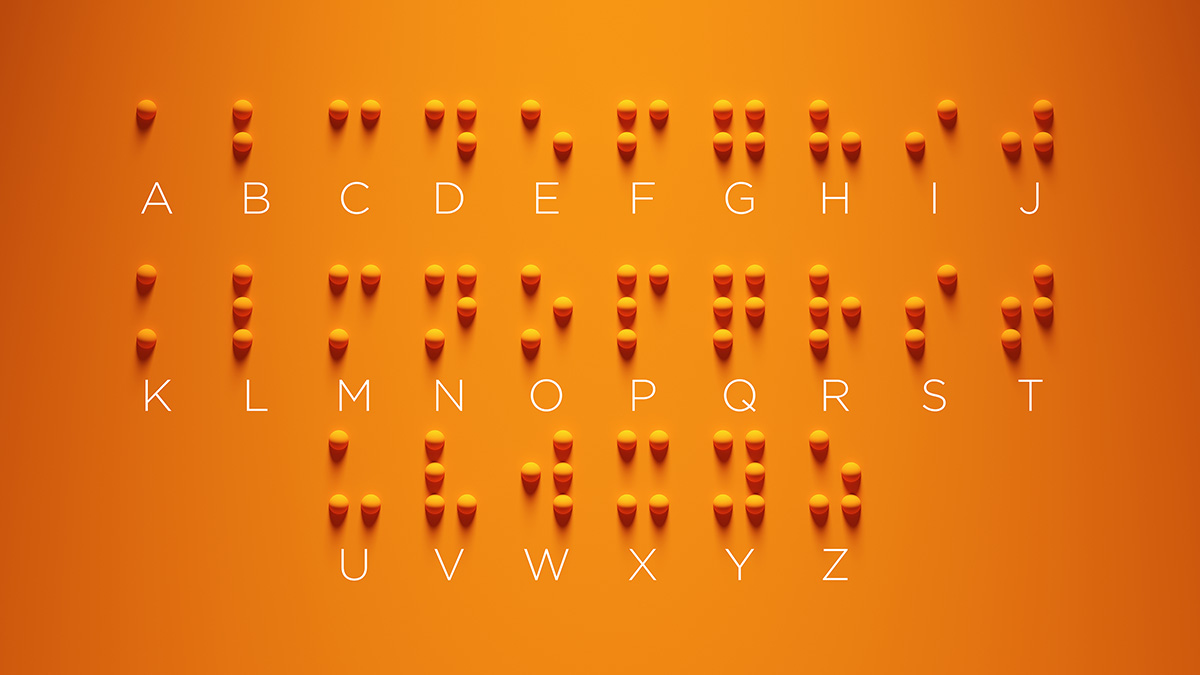Accessible Instructional Materials (AIM) and Unified English Braille (UEB)
The Individuals with Disabilities Education Act (IDEA) requires school districts to provide accessible versions of instructional materials to students who are blind or otherwise unable to use printed materials. Students with disabilities should receive materials in accessible formats at the same time as their peers receive their textbooks.
Instructional materials include textbooks and related core materials such as workbooks Accessible formats of instructional materials include Braille, large print, audio and digital text. Accessible instructional materials afford the flexibility to meet the needs of a broad range of students, even those without disabilities. For more information and resources about accessible formats, please review the National Center on Accessible Digital Educational Materials and Instruction website.






